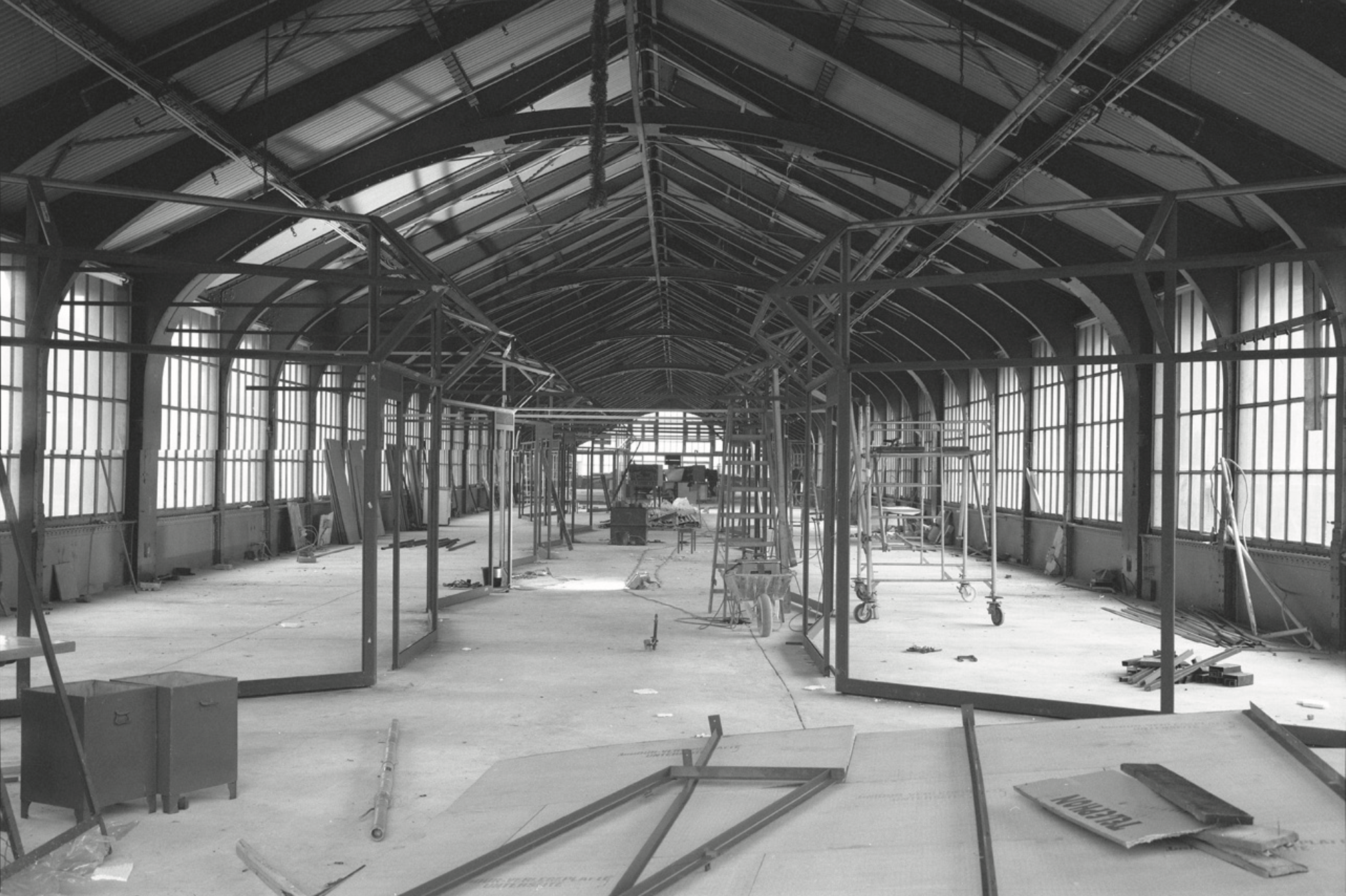The Traces of Berlin’s Turkish Bazaar
Main Article Content
Abstract
This article explores how archival and cultural politics of remembrance distorted the perception of Berlin’s former Turkish Bazaar, a cultural hub at Bülowstra.e train station between 1979 and 1991, a period during which the station was not used for transport. The bazaar’s establishment is interwoven with the his- tory of migration of people with Turkish origin in post-war Germany, starting in 1961 with a labour recruitment agreement between Turkey and Germany. The bazaar was a collection of Turkish-oriented shops, social spaces and a gazino, a restaurant-bar and music venue. To analyse the site’s perception— or lack thereof —the author describes omissions and silences within the field of architecture as a kind of “architectural gaslighting”. The author’s creation of an architectural model counteracts architectural gaslighting by affirming the experiences of past visitors and highlighting the bazaar as an architectural contribution to Berlin.
Image: U-Bahnhof Bülowstrasse’s Conversion, Berlin, 1978. Photograph by unidentified author of Bruno Möhring Bülowstrasse station during the construction of U-Tropia. © BVG Archive Collection.
Article Details

This work is licensed under a Creative Commons Attribution-NonCommercial-NoDerivatives 4.0 International License.

